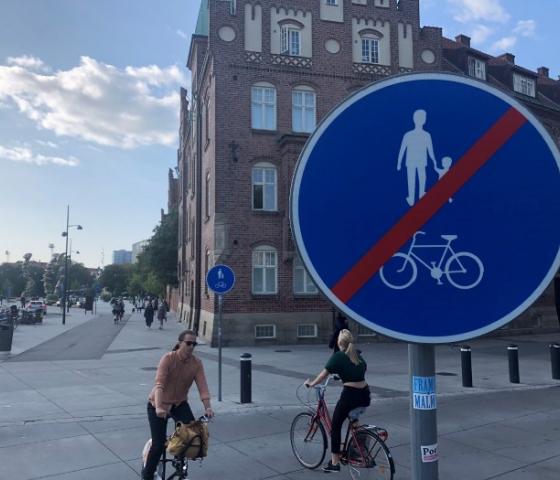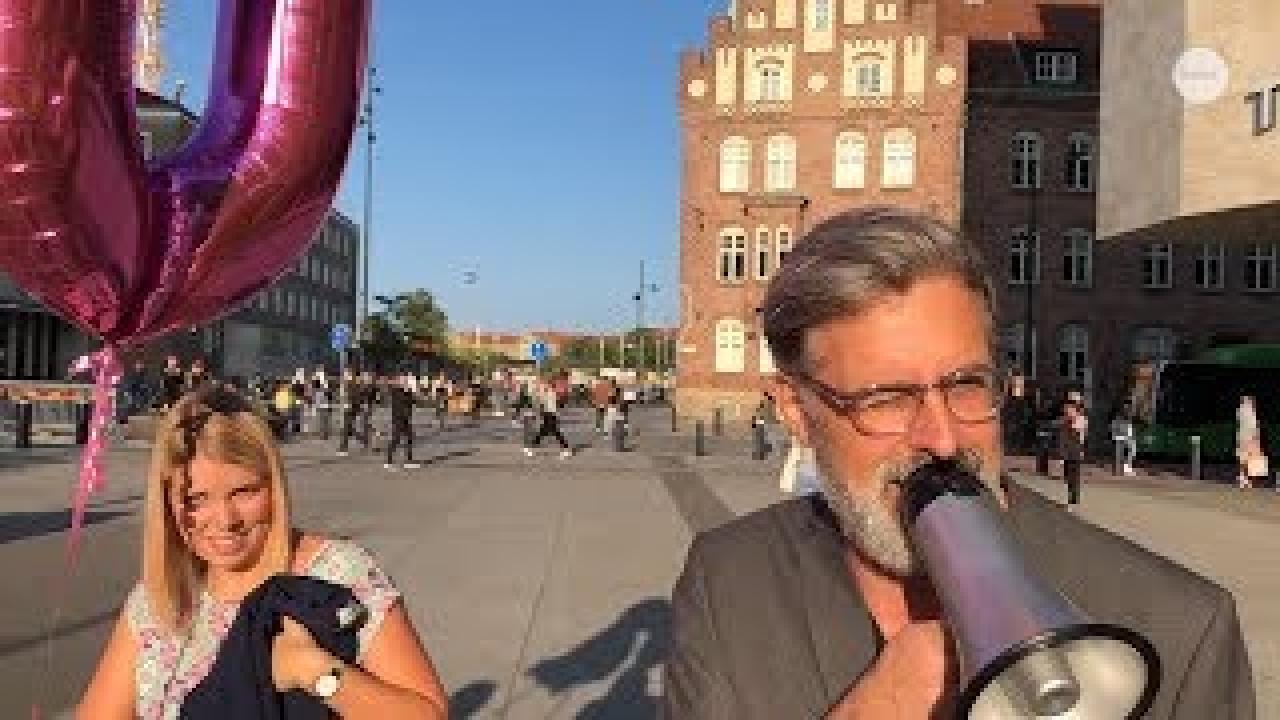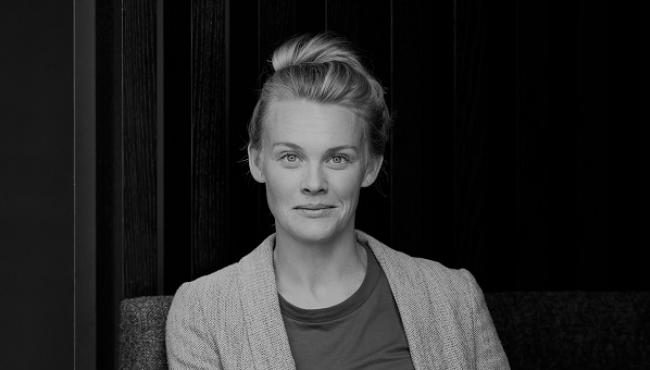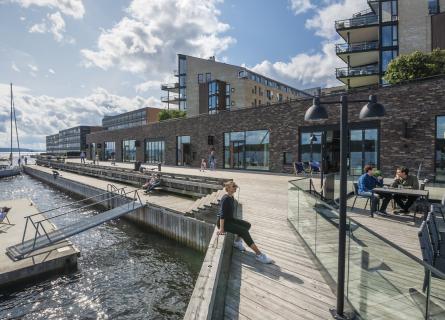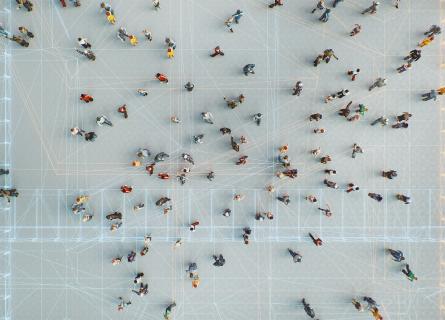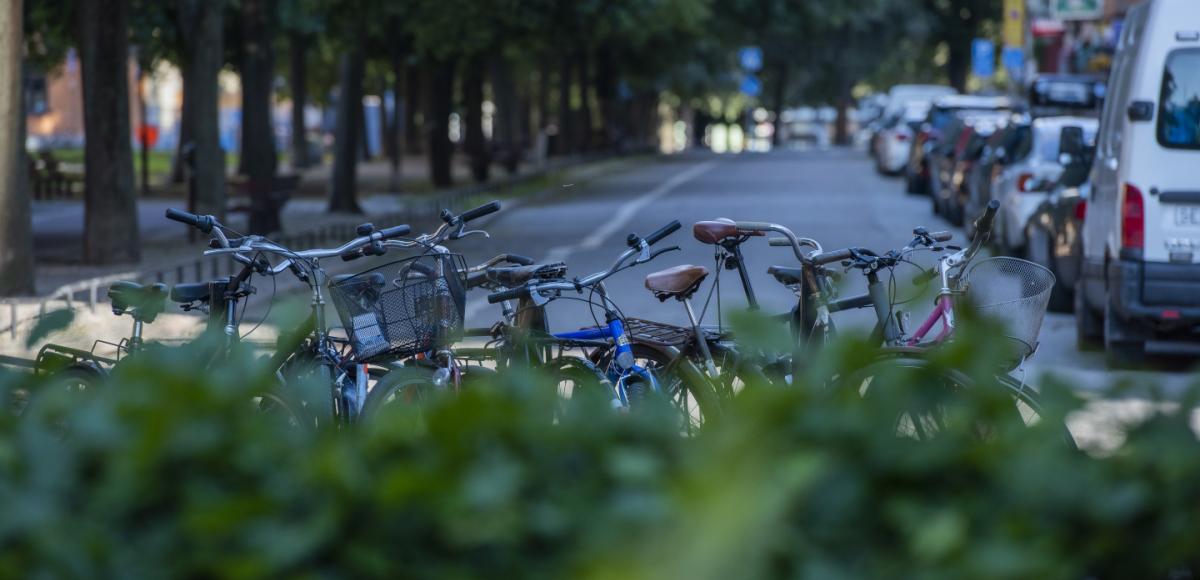
Designing empathy in rush hour
Future Cities Insight #2 Designing empathy in rush hour
The spots and intersections of a city where cyclists, vehicles and pedestrians need to share space, are complex. Even if they are strategically designed to avoid accidents, these spaces are often negatively experienced as chaotic, uncertain and un-safe.
At inUse, part of AFRY, we are explorers and innovators within human centred design. This is why we took on a challenge to explore how we might shift behaviour in public space, and positively influence the experience of that space.
In just two days we applied our human-centered design process to a problem spot in Malmö – a busy and hectic plaza by the Triangeln station in Malmö. We conducted research through interviews, observations and design interventions, and tested ideas for how to impact people’s behaviour on the plaza.
The negative human experience of “no rules apply” was shifted by enabling people to be more considerate. This is an example of how a human centred design approach can re-frame a problem and enable new solutions – with impact on people’s everyday lives.
As part of AFRY we enable cities to be designed for humans.
Emma Estborn
Business Developer & Business Area Manager Human Spaces, inUse
